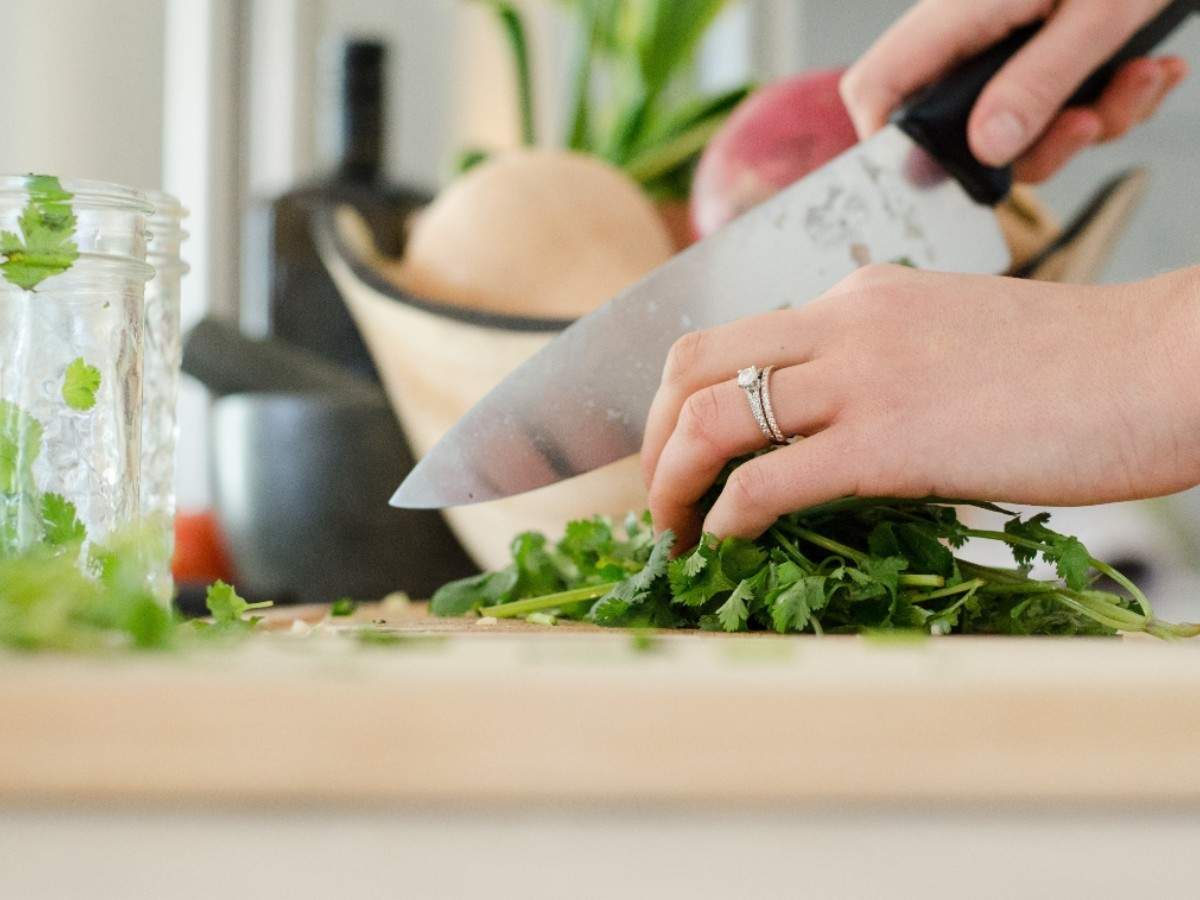A good knife can make all the difference in the world when it comes to cooking and preparing food. There are many different types of knives out there, but two of the most popular for professional and home kitchens are the kiritsuke and utility knives. Each knife has its unique features and benefits, so it’s important to choose the right one for your needs. In this blog post, we’ll explore the differences between kiritsuke and utility knives and give you some tips for choosing the perfect knife for your kitchen.
Kiritsuke knife
The knife is unique because it combines the features of a yanagiba knife and a usuba knife into one. The single-beveled edge of a kiritsuke knife provides extreme sharpness, which is why it’s a good choice for slicing raw fish into sashimi. This knife can also perform delicate cuts, such as peeling fruits and vegetables. Kiritsuke knives are usually around eight to ten inches in length, and their thin, pointed blades give them a lot of versatility.
Utility knife
Utility knives, as the name suggests, are versatile knives that can be used for a variety of tasks in the kitchen. They are often shorter than chef’s knives, around six to eight inches in length, but longer than paring knives. Utility knife is designed for smaller cutting jobs, such as slicing vegetables, fruits, and meats. They are especially useful for cutting boneless meats because they provide more control and precision than larger knives. The versatile size and shape of a utility knife make it a must-have in every kitchen.
How to choose the right knife
The right knife for you depends on your cooking needs, budget, and personal preferences. If you’re looking for a knife to slice fish and meat with precision, the kiritsuke is the right choice. However, kiritsuke knives are expensive and require more maintenance than other knives, such as sharpening and honing. If you’re looking for a do-it-all knife that can handle a variety of tasks, a utility knife is an excellent choice. They are often more affordable than kiritsuke knives and require less maintenance.
When shopping for a knife, it’s important to choose one that feels comfortable in your hand. The handle should fit securely and feel balanced. The blade should be made of high-quality steel that holds its sharpness over time. It’s also important to consider the purpose of the knife. If you’re looking for a knife to chop vegetables, a heavier knife may work better because it is more stable. If you’re looking for a knife to fillet fish, you may want a lighter knife that can make delicate cuts with ease.
Conclusion
Choosing the right knife for your kitchen is an essential part of becoming a great home cook. It’s important to understand the differences between kiritsuke and utility knives and consider their features and benefits. Both knives can be a valuable addition to any kitchen, depending on your needs and preferences. Remember, the right knife is the one that feels comfortable in your hand and can perform the tasks you need it to. Invest in a quality knife, take care of it, and it will become an essential tool in your kitchen.

